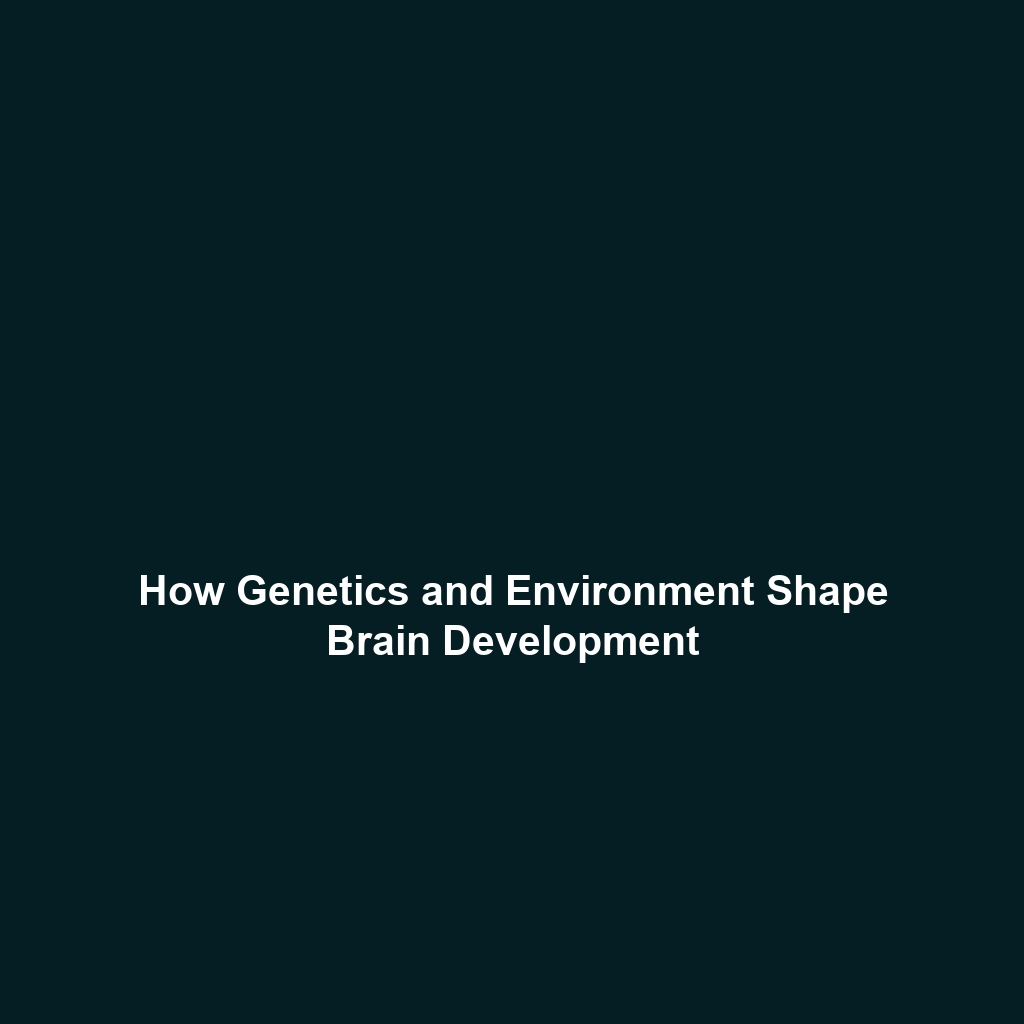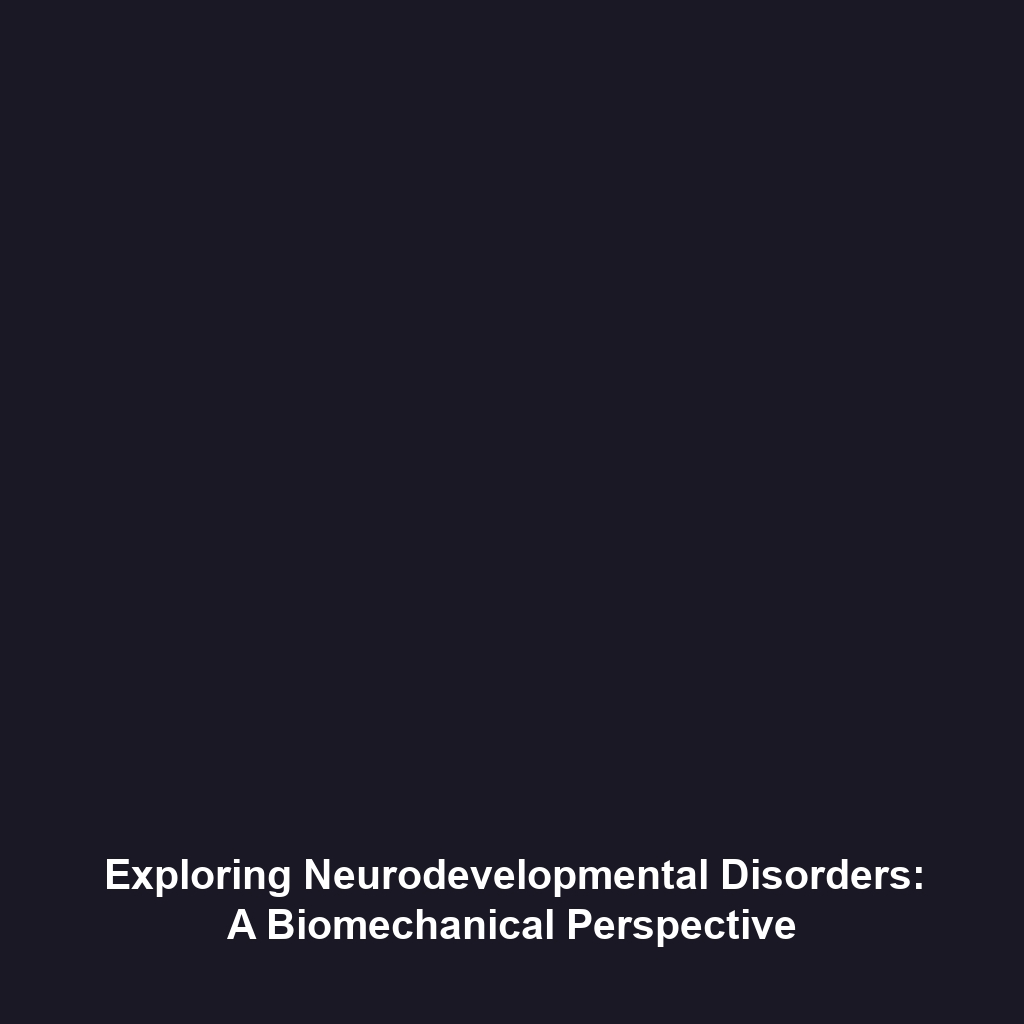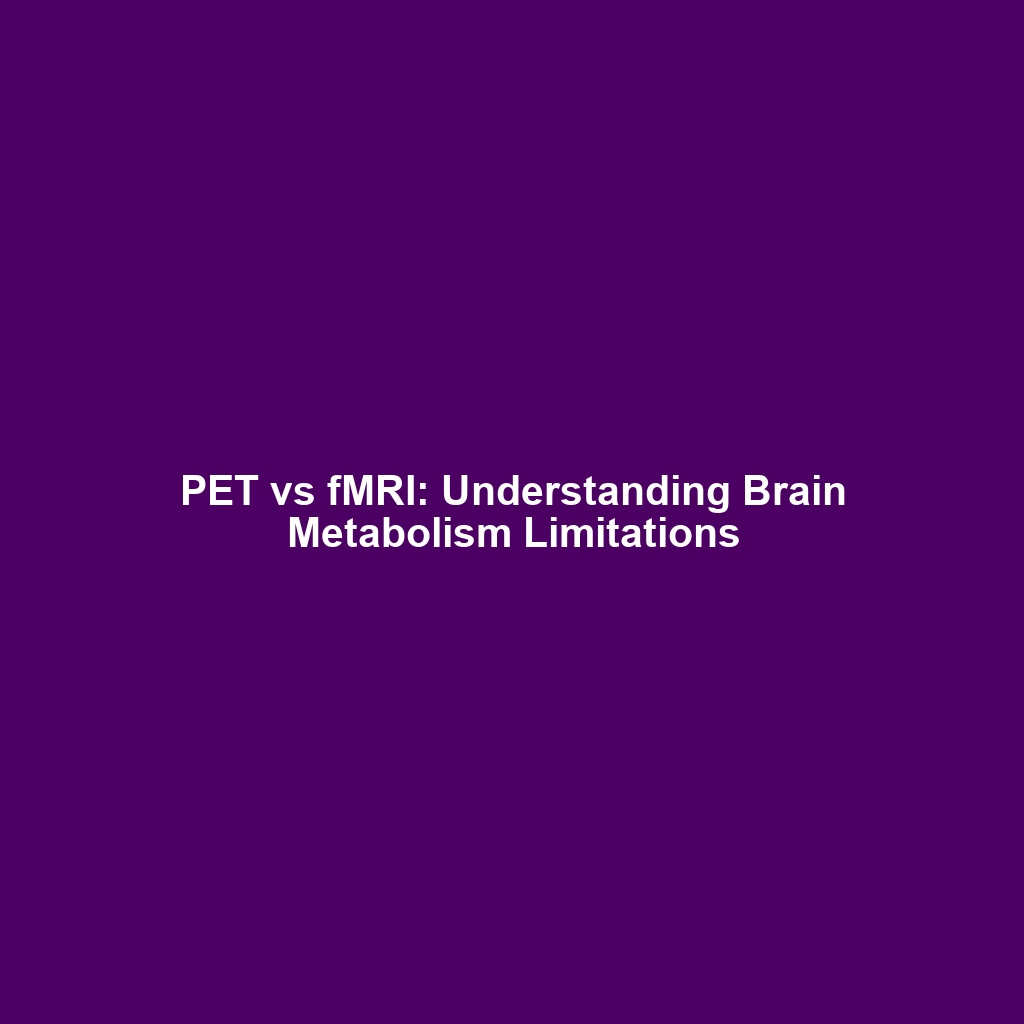Role in Disease: Glial Dysfunction and Neurological Disorders
Introduction
Glial dysfunction has emerged as a critical factor in the pathophysiology of various neurological diseases, including multiple sclerosis, Alzheimer’s disease, and gliomas. As the supporting cells of the nervous system, glial cells play a significant role in maintaining neuronal health and functionality. When these cells fail to operate correctly, they can contribute to the progression of serious conditions that impact cognitive and motor function. Understanding the implications of glial dysfunction within the framework of biomechanics is essential for developing therapeutic strategies and enhancing outcomes for affected individuals.
Key Concepts
The Role of Glial Cells
Glial cells, which include astrocytes, microglia, and oligodendrocytes, are crucial in maintaining the central nervous system (CNS). They provide structural support, promote neuronal repair, and modulate synaptic function. Dysfunctional glial cells can lead to:
- Increased neuroinflammation
- Disruption of the blood-brain barrier
- Impaired myelination in the case of multiple sclerosis
- Accumulation of amyloid-beta in Alzheimer’s disease
Biomechanics Perspective
From a biomechanics perspective, the mechanical properties of the extracellular matrix and the biomechanical behavior of glial cells can significantly influence neuronal health and disease progression. Alterations in these biomechanical properties may affect how glial cells respond to injury and inflammation, highlighting the importance of biomechanics in understanding glial function in health and disease.
Applications and Real-World Uses
The integration of glial dysfunction research into biomechanics has led to innovative approaches in treatment and disease management. Applications include:
- Targeted Drug Delivery: Using knowledge of glial cell behavior to enhance the delivery of drugs to the CNS.
- Biomechanical Modeling: Creating models to simulate glial responses to mechanical stresses, aiding in the understanding of disease mechanisms.
- Rehabilitation Strategies: Designing rehab protocols that consider glial health and its impact on recovery post-surgery or injury.
Current Challenges
Despite advancements, several challenges persist in studying glial dysfunction in the context of biomechanics:
- Complexity of the CNS: Understanding the multifactorial role that glial cells play within the intricately connected neural environments.
- Variability in Human Response: Individual differences in genetic predisposition and environmental factors complicate research outcomes.
- Limited Therapeutic Options: Current treatments often focus on symptomatic relief rather than addressing the underlying glial dysfunction.
Future Research and Innovations
Cutting-edge research is set to reveal more about glial dysfunction and its implications for biomechanics. Innovations in this field include:
- Gene Therapy: Potential to correct genetic defects in glial cells associated with neurological diseases.
- Smart Biomaterials: Development of materials that can interact with glial cells to promote repair and regeneration in damaged tissue.
- Advanced Imaging Techniques: New methods to visualize glial cell behavior in real-time, allowing for better understanding of their roles in various diseases.
Conclusion
In summary, the role of glial dysfunction in neurological diseases such as multiple sclerosis, Alzheimer’s disease, and gliomas highlights significant intersections with biomechanics. Continued research and innovation in this field are essential for developing effective therapies and improving patient outcomes. For further reading on related topics, explore our articles on Multiple Sclerosis and Alzheimer’s Disease Research.


